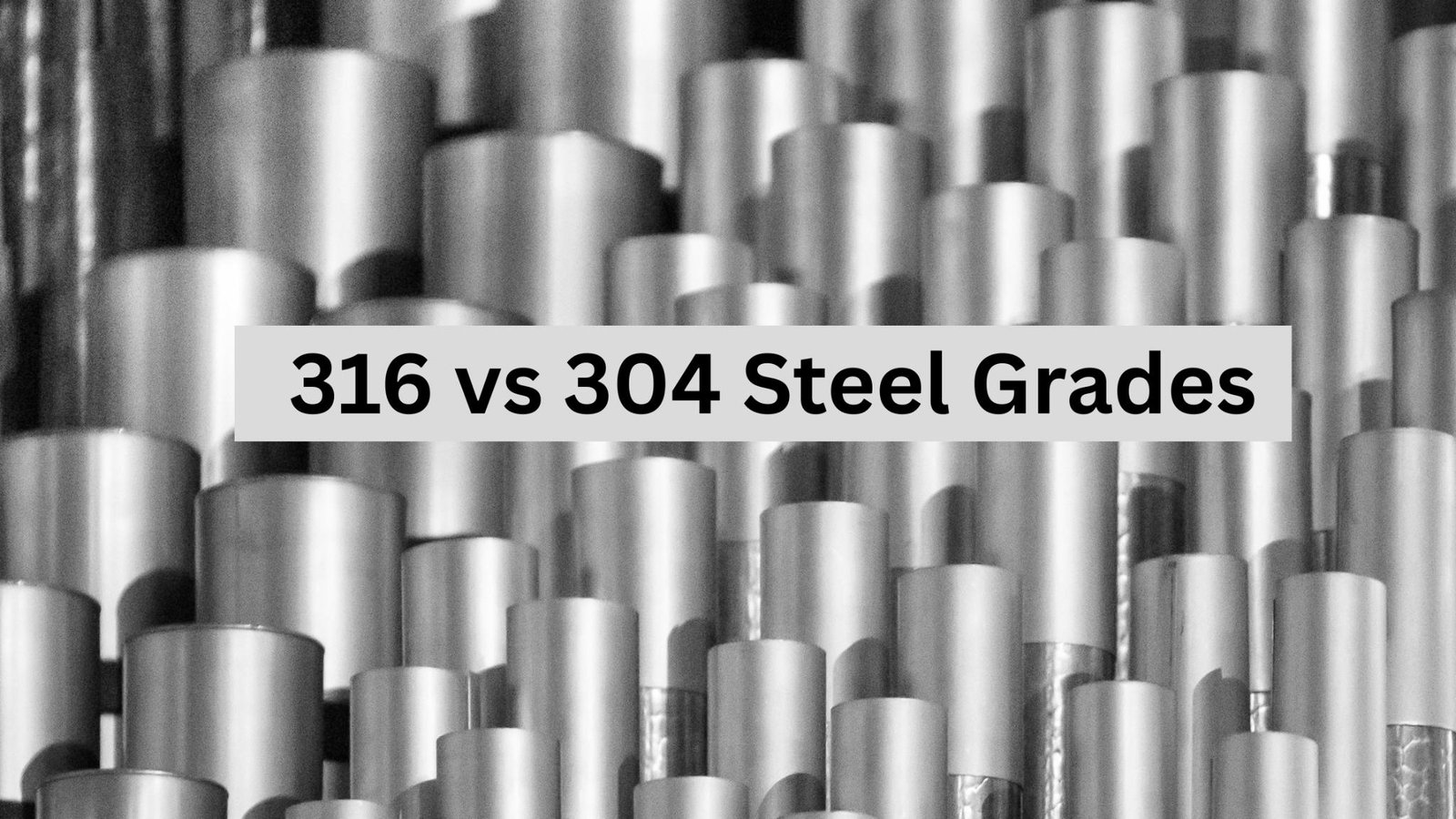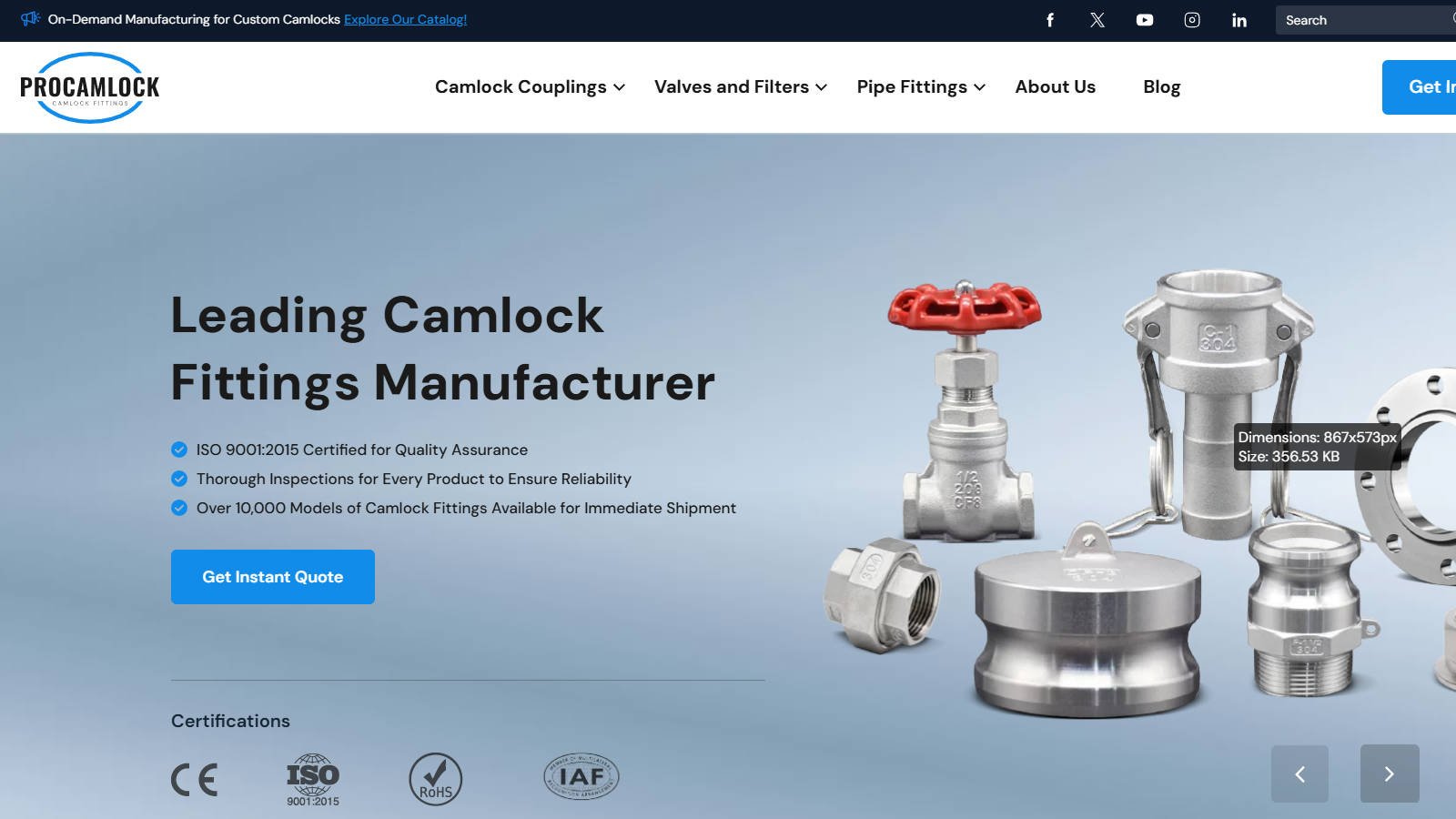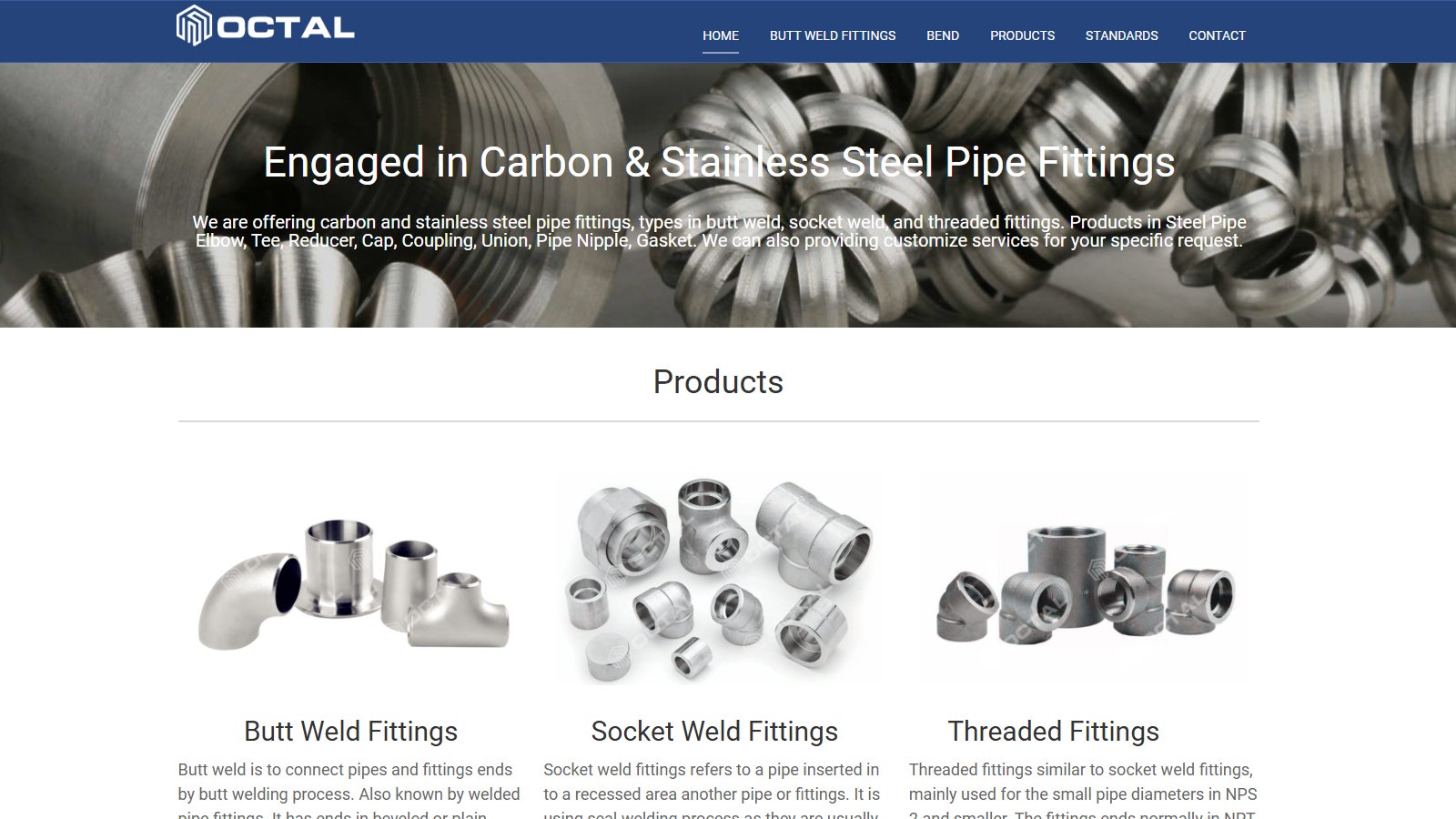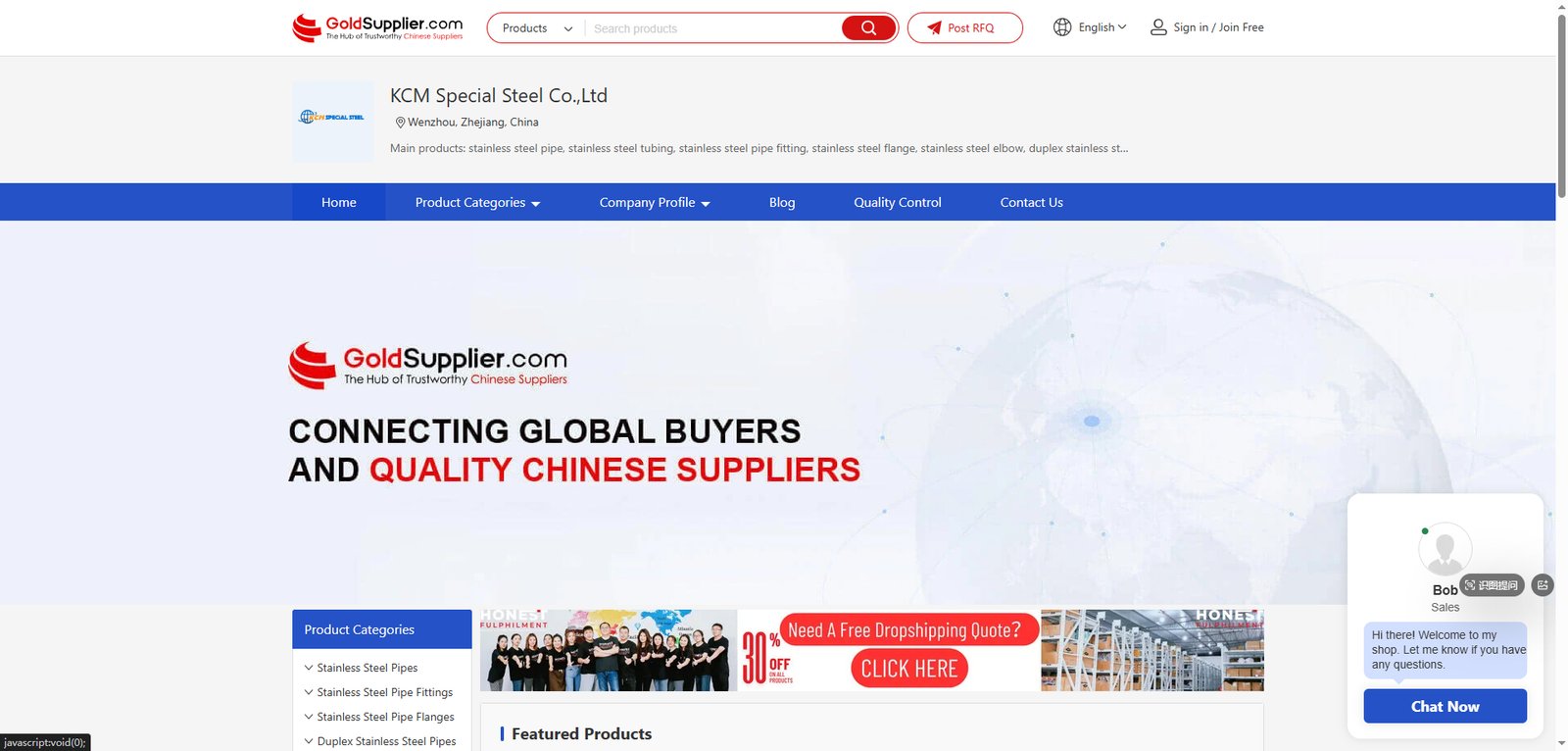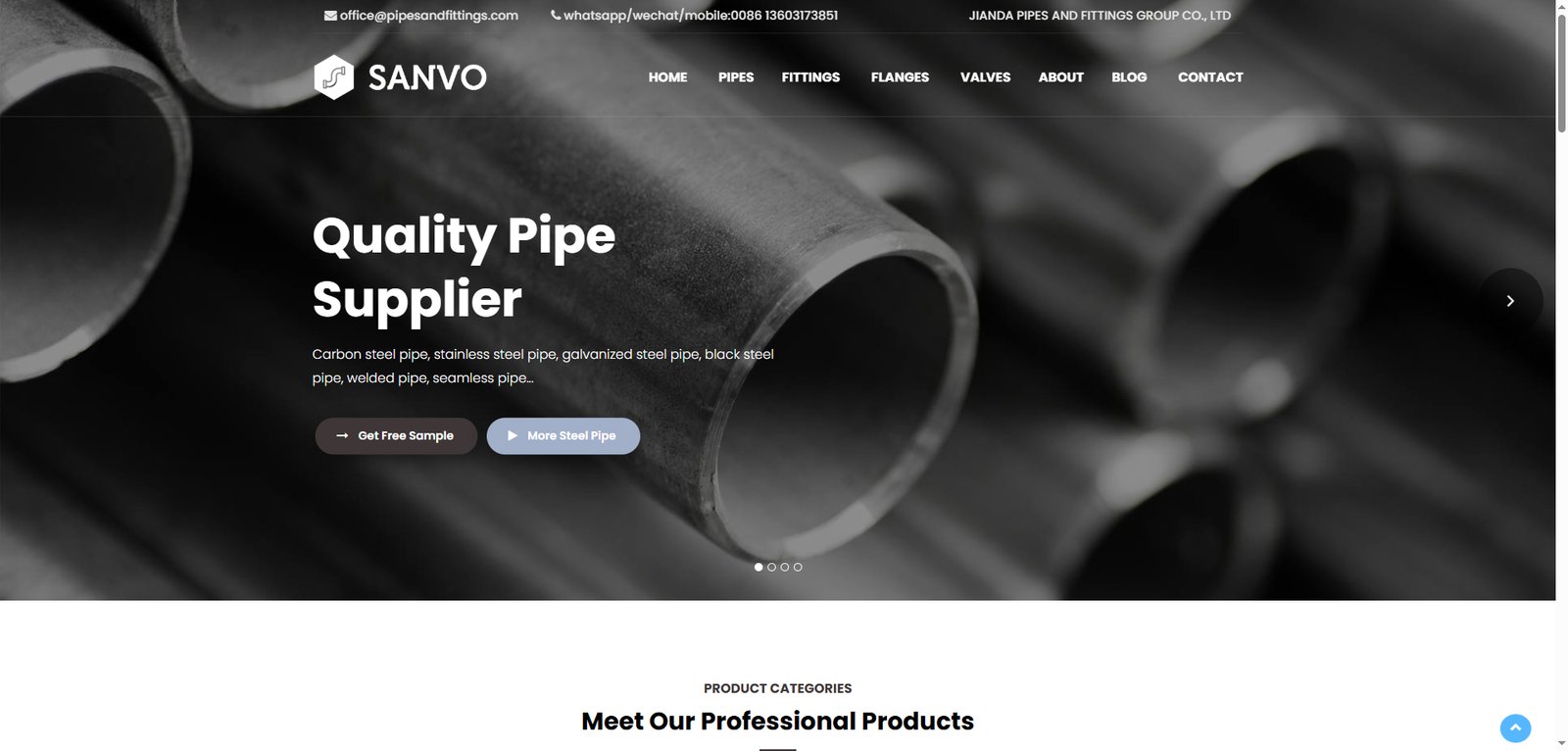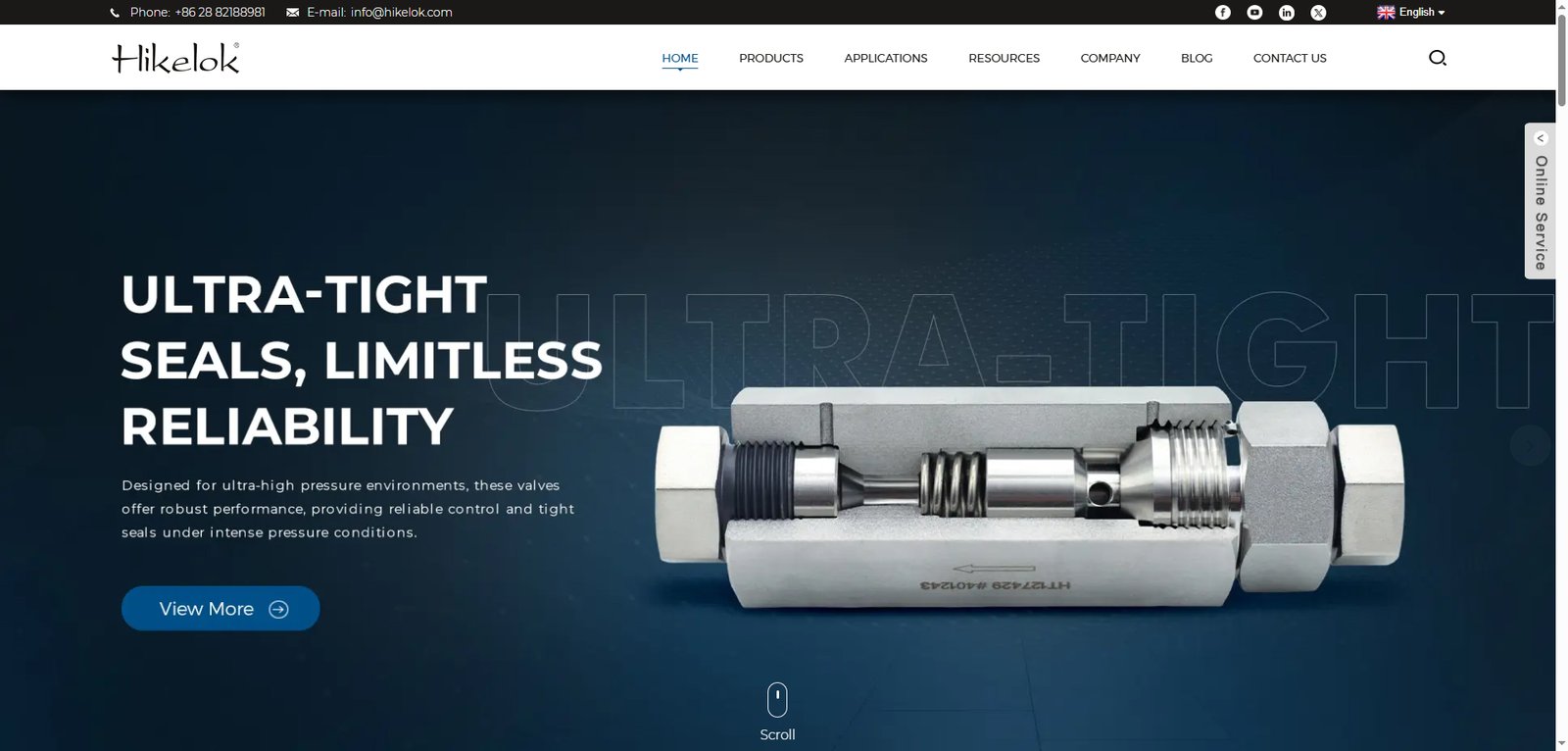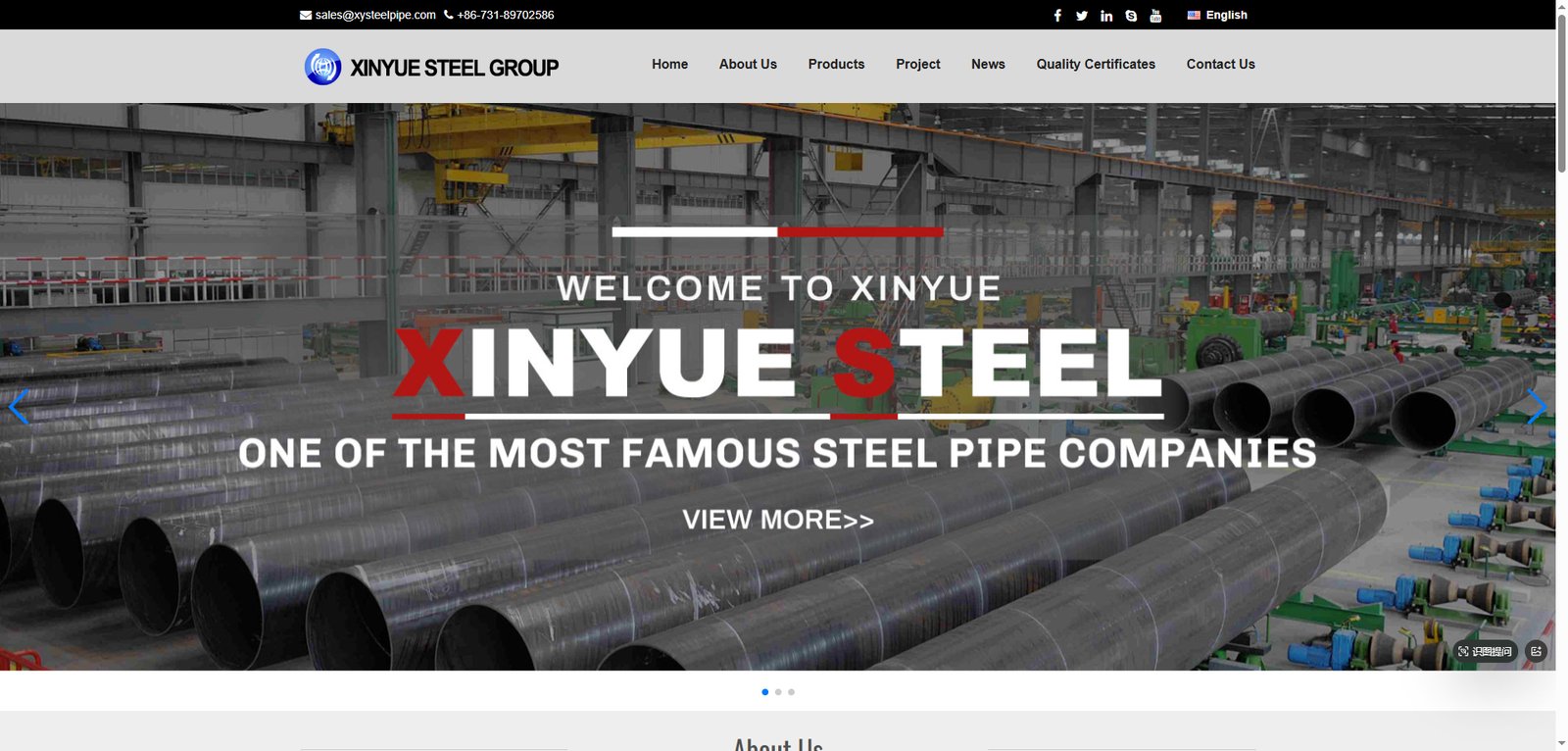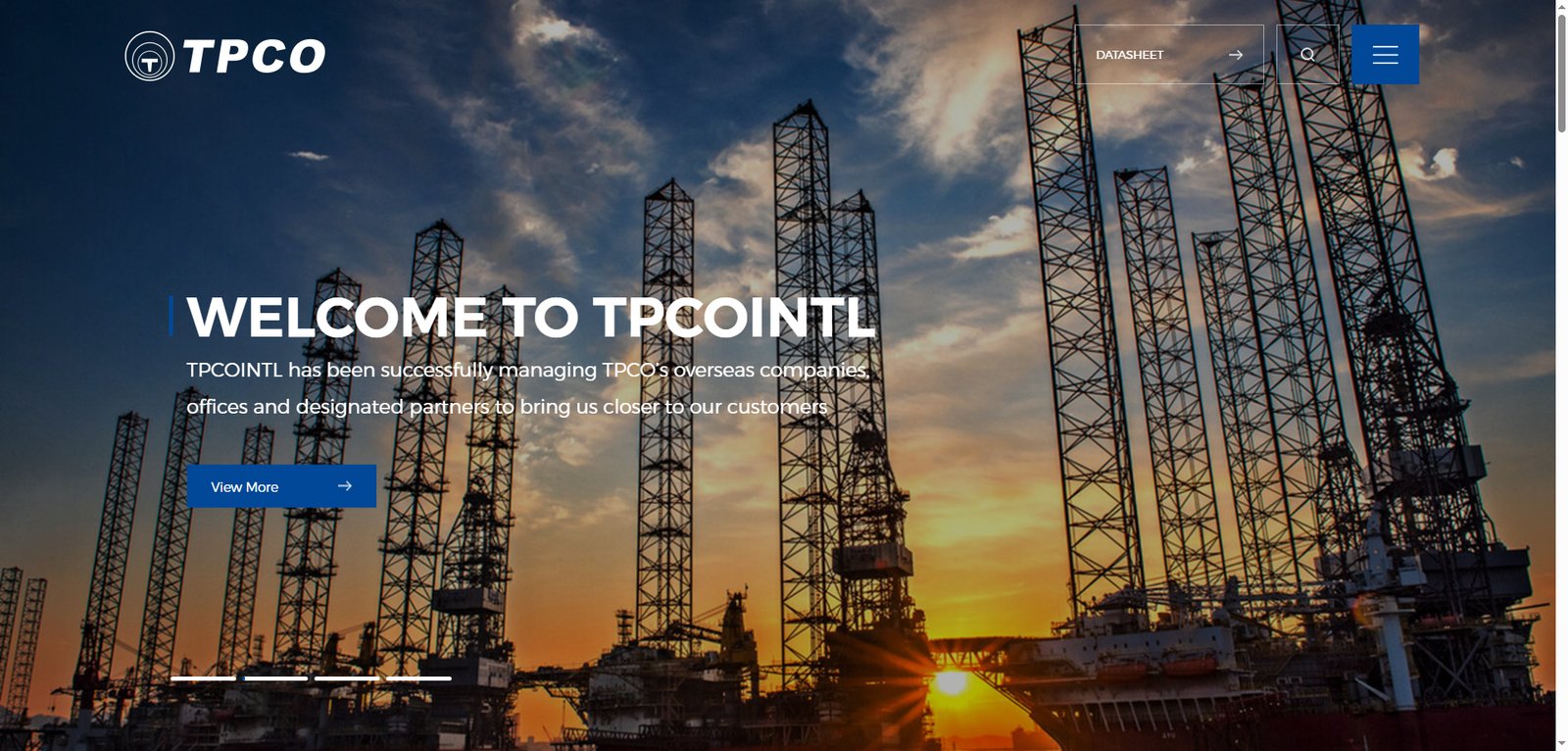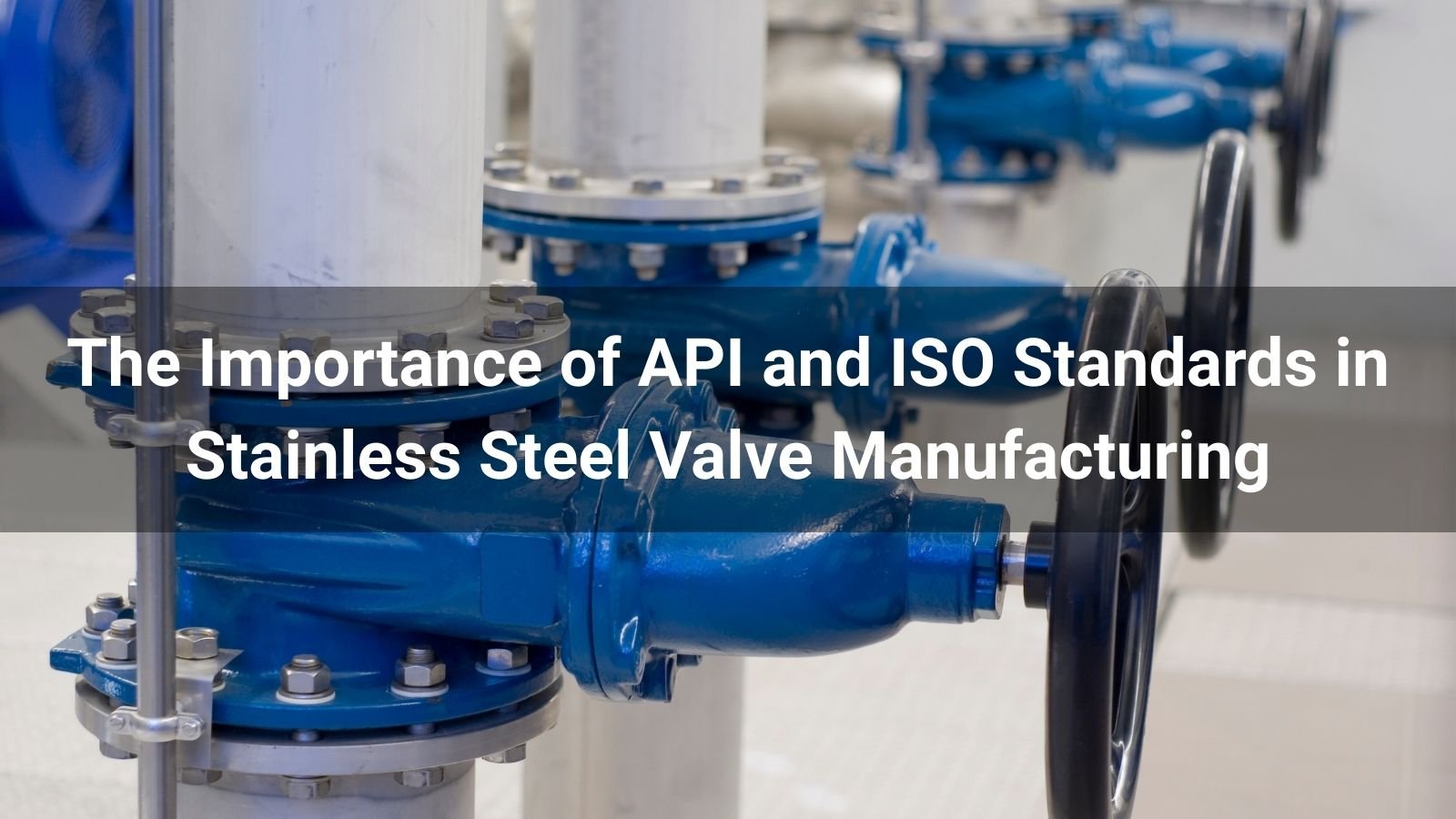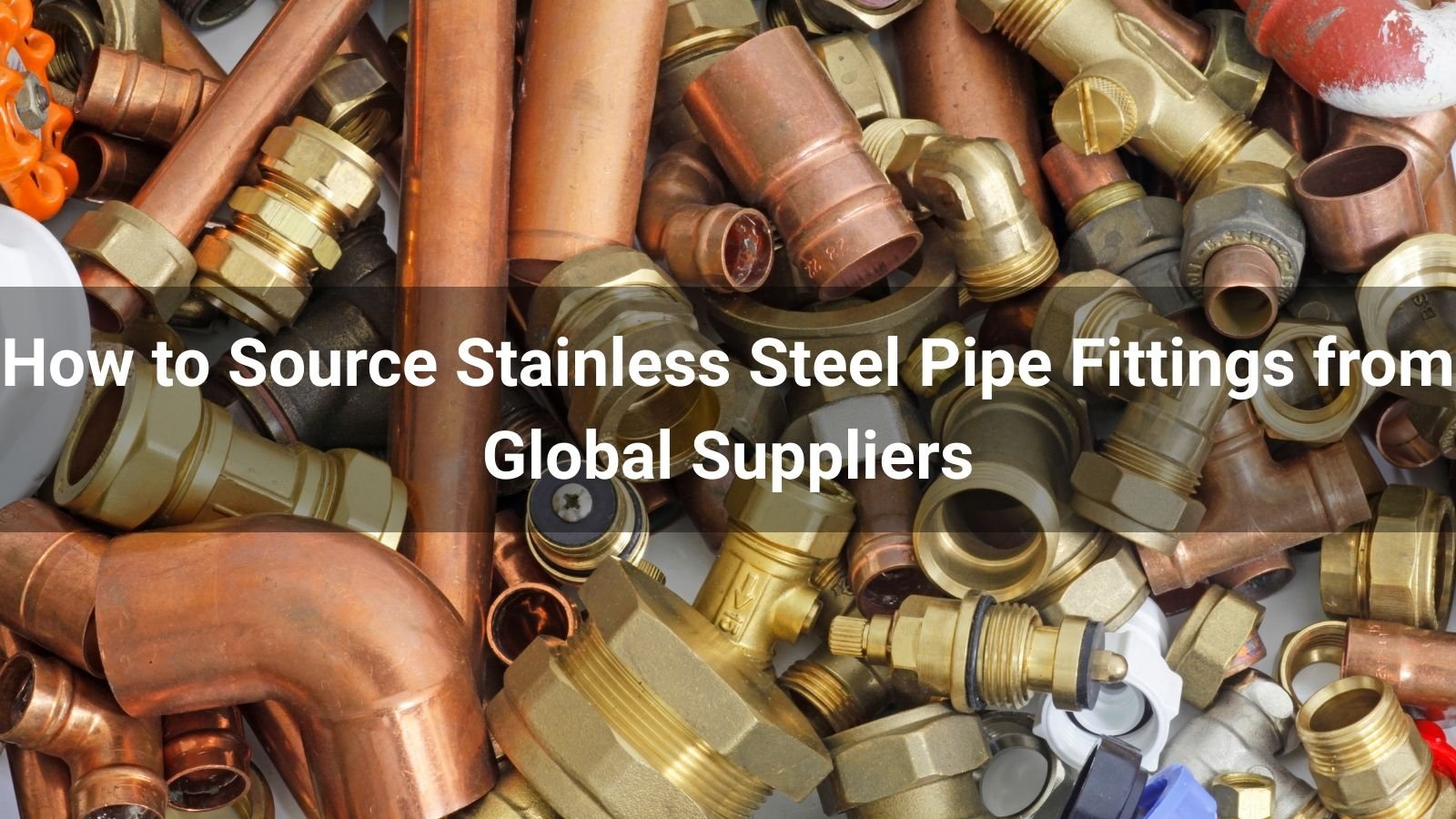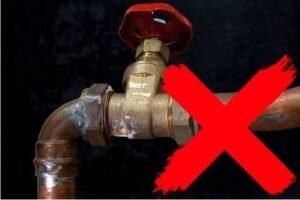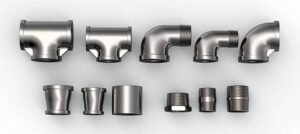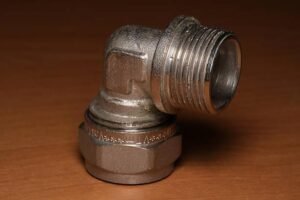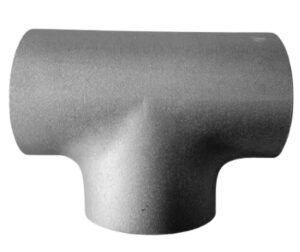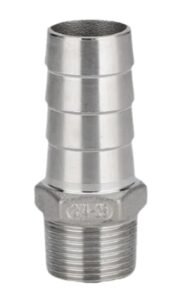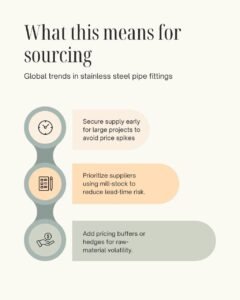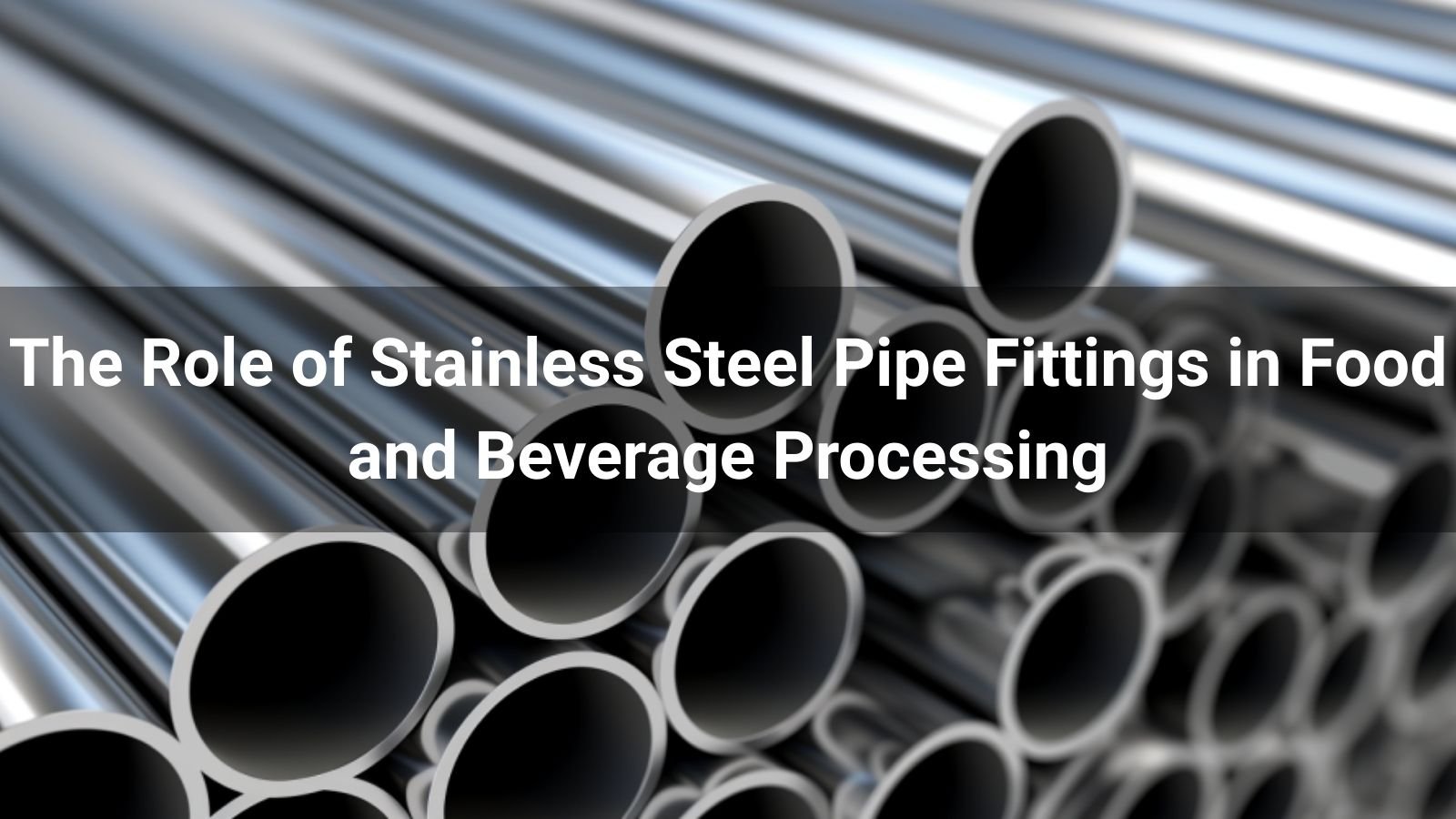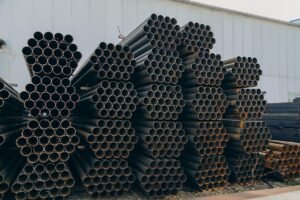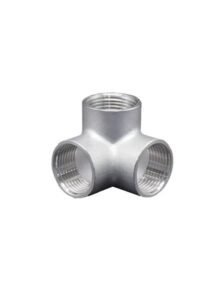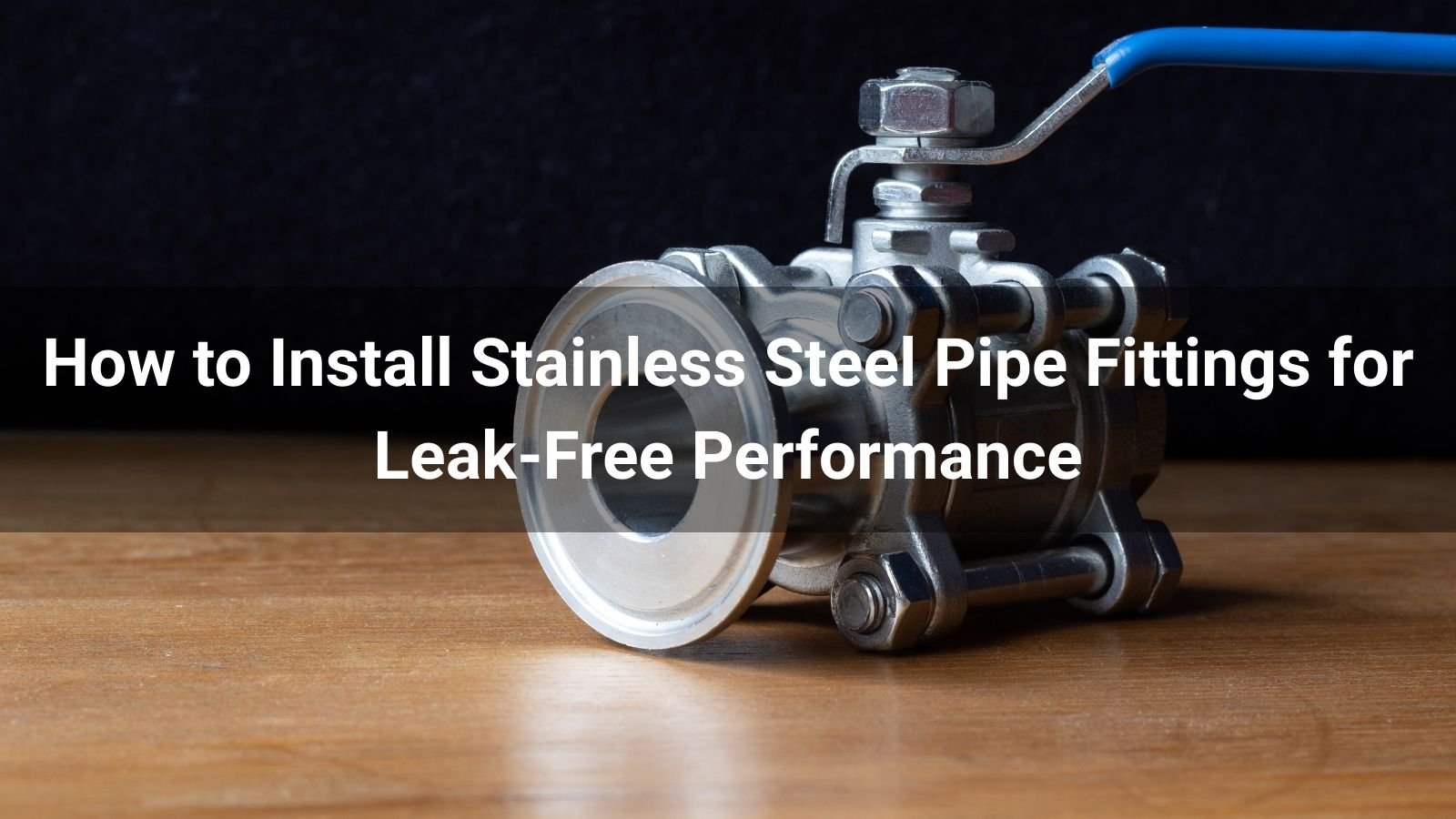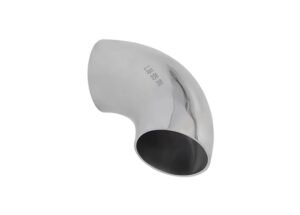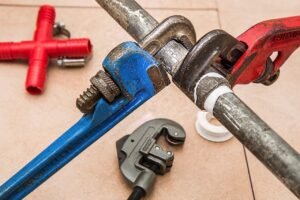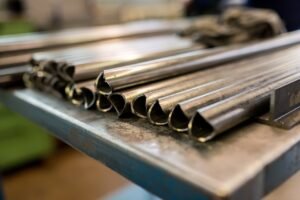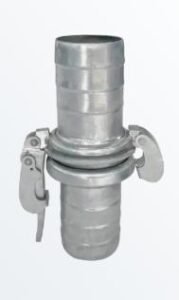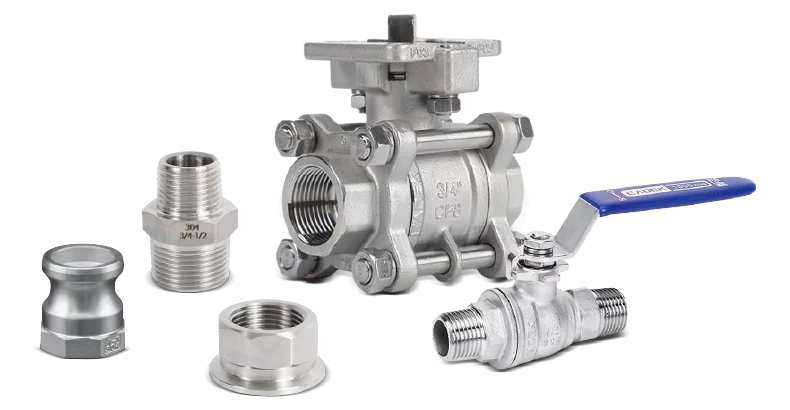兩個都 316 和 304 鋼種 是管道系統中閥門和配件的熱門選擇。兩者都堅固、防鏽、耐用。然而,它們各自都有特定的用途,並憑藉其獨特的性能脫穎而出。
所以,如果你曾經問過這個問題,「304 比 316 不鏽鋼好嗎「事實上,這並沒有一個放之四海而皆準的答案。這實際上取決於你的專案環境和需求。在本指南中,我們將用通俗易懂的語言講解各種差異,以便你能夠自信地選擇合適的方案。
了解 304 和 316 不銹鋼等級?
不銹鋼是一種用於防鏽防污的鋼合金。它的秘密武器是 鉻。添加鉻後,它會在表面形成一層超薄、看不見的保護層,保護底下的金屬。添加一些 鎳 混合,可增強其強度並使其表面更加光滑、更加拋光。
在閥門和配件中,最常用的兩種等級是 304 和 316。它們可能看起來一樣,但真正的區別在於它們的 化學化妝品.
304不鏽鋼 由鐵製成,約 18%鉻 和 8%鎳它堅固耐用,用途廣泛,在大多數日常情況下都能有效防鏽。因此,您經常會在家用管道和其他通用應用中看到它。
316不銹鋼 起始基礎幾乎與 304 相同,但添加了 2-3%鉬。這個額外的小成分帶來了很大的不同,使得 316 比 304 更耐氯化物腐蝕這使得它非常適合含鹽或化學物質較多的環境,這也是為什麼它經常被 推薦用於船舶應用.
簡而言之,兩者都堅固、可靠且耐腐蝕。但如果您的系統需要接觸海水或腐蝕性化學品,316 是更安全的選擇。
316 不銹鋼與 304 不銹鋼在閥門和配件的比較:為何重要
您為專案選擇的等級會對系統的長期性能產生重大影響。每個等級都有其優勢,使其更適合特定情況。
以 316 不銹鋼為例。它的設計旨在應對其他金屬很快就會失效的環境。在海洋應用中,它能夠承受持續的海水侵蝕。
在化工廠中,它可以抵禦腐蝕性物質,這些物質會腐蝕其他材料。在食品和藥品生產中,它也是值得信賴的選擇,因為這些生產過程中的表面必須保持光滑、易於清潔且耐腐蝕,以滿足嚴格的衛生標準。
另一方面,304 不銹鋼非常適合要求不高的環境。對於不接觸刺激性化學物質或鹽分的一般管道、室內供水系統和結構配件來說,它是可靠的選擇。
對於需要美觀且性能優良的固定裝置和組件來說,它也是一個可靠的選擇,而且無需額外花費 316 的成本。
316 和 304 不銹鋼:它們之間的主要區別
304 和 316 不銹鋼並排擺放時,看起來幾乎一模一樣。主要區別在於它們的化學成分。
下面我們來仔細看看 316 和 304 不鏽鋼特性 在選擇閥門和配件時這很重要。
美學
這兩種等級的不鏽鋼都擁有大多數人想像中的那種乾淨、銀色的表面。它們的外觀非常相似,單憑肉眼無法區分。因此,您不應該僅憑外觀來選擇。化學性質才是決定其性能的關鍵。
化學成分
以下是 304 和 316 在化學成分上的差異。
| 元素
|
304 不鏽鋼 | 316不銹鋼 |
| 鉻 | 18% | 16% |
| 碳 | ≤0.08% | ≤0.08% |
| 鎳 | 8% | 10% |
| 鉬 | 沒有任何 | 2-3% |
耐腐蝕
316 的優勢就在於此。由於採用 2-3% 鉬元素,它的耐腐蝕性能顯著高於 304。如果您的系統需要接觸海水、濃鹽水或腐蝕性化學物質,那麼 316 是更安全的長期選擇。
溫度和壓力耐受性
兩種等級都具有良好的耐熱和耐壓性能,使其能夠可靠地滿足苛刻的應用要求。 316 略佔優勢,通常額定值可達 3000 磅/平方英寸 相比於 2500 磅/平方英寸 適用於 304,並且在極高溫度下保持其強度較好。
成本比較
您可能已經猜到了,304 更實惠。如果您不需要極高的耐腐蝕性,它物超所值。然而,316 的較高成本通常在故障成本遠高於前期成本的環境中得到補償。
焊接性和可加工性
兩種材料都能成功焊接,但 304 通常更容易加工。它加工順暢,省力。 316 中添加的鉬使其加工難度略高,這意味著需要更多時間和精力,但熟練的製造商可以輕鬆應對這兩種材料。對於注重製造速度的作業,304 通常更勝一籌。
如何區分 304 和 316 不銹鋼
乍一看,304 和 316 不鏽鋼幾乎一模一樣。它們都擁有光滑閃亮的不銹鋼表面,所以單憑肉眼根本無法區分。真正的差異在於它們的化學性質,而這並非肉眼能夠察覺的。
如果你想確定的話, 實驗室測試 是最可靠的選擇。方法包括 X射線螢光(XRF) 或者 光譜化學分析 可以辨識確切的成分,包括使316與眾不同的鉬元素。製造商和檢驗人員正是透過這種方式來確認關鍵應用的牌號。
當無法進行實驗室檢測時,請檢查 標記和認證許多閥門和配件上都刻有等級標記或蝕刻。優質的供應商也會提供 工廠測試證書(MTC) 或類似文件,以證明材料的成分和符合標準。這就是為什麼您必須 選擇合適的製造商.
這裡有一個簡單的規則— 總是問問題。向供應商詢問等級,查看認證,並找出材料的來源。 可靠的製造商和供應商 他們會毫不猶豫地給你明確的答案和文件來支持你的意見。如果他們對自己的產品有信心,他們會很樂意證明這一點。
每種不銹鋼等級的優缺點
當人們問到「當談到 不鏽鋼 304 和 316 哪個更好“我們總是告訴他們,這完全取決於他們的優先事項。就這麼簡單。”
但為了幫助您更好地理解這一點,這裡對每個等級的優勢和權衡進行了快速細分。
304 不鏽鋼
優點:
- 與 316 相比價格實惠,對於許多項目來說具有成本效益
- 在大多數室內和溫和的室外環境中具有良好的耐腐蝕性能
- 優異的強度和耐用性,適合一般用途
- 更易於加工和製造,從而可以降低製造成本
缺點:
- 對氯化物的抵抗力較差,因此不適合海洋或高鹽環境
- 在更惡劣的條件下可能會出現點蝕跡象
- 不太適合涉及強化學品的應用
316不銹鋼
優點:
- 對氯化物和許多刺激性化學物質具有出色的抵抗力
- 在海洋、化學和其他具有挑戰性的環境中可靠
- 在嚴苛條件下使用壽命長,減少更換需求
- 在極端溫度下仍能保持良好的性能
缺點:
- 由於添加鉬,成本更高
- 加工難度略高,可能會增加製造時間和成本
- 對於簡單的室內或低曝光項目可能沒有必要
為您的專案選擇合適的方案
選擇錯誤的等級可能會導致過早磨損、昂貴的維護,甚至系統故障
現在,讓我們來談談如何確定最適合您和您的專案的選項。在 304 和 316 不銹鋼之間進行選擇,首先要了解您的專案需求。
正確的選擇需要在性能、成本和安全性之間取得平衡。選擇時,請牢記以下幾點:
考慮環境
考慮一下您的閥門和配件將在哪裡使用。它們會接觸到鹽水、持續潮濕的環境還是強力清潔劑?如果是,那麼請使用 316 材質,因為它專為應對嚴苛的腐蝕性環境而設計。如果環境條件更嚴格,例如廚房水槽、熱交換器或淡水環境,那麼 304 材質通常也能勝任。
了解系統中的流程
如果您的系統含有氯化物、刺激性化學物質或其他腐蝕性物質,316 是更安全的選擇。對於清水或非腐蝕性流體,304 是不錯的選擇。
預算與績效
當然,有時您需要考慮成本。 304 通常是更實惠的選擇,並且適用於許多室內和低風險應用。 316 成本更高,但提供額外的保護,可以防止昂貴的停機或更換。
長遠考慮
如果您想要在嚴苛環境下使用數十年的設備,316 材質或許值得您預先支付更高的成本。對於短期或臨時安裝,304 材質可能是更實用的選擇。
如有疑問,請選擇 316
如果您不確定係統將面臨哪些具體情況,316 可以為您提供內建的安全裕度。例如, ASME B16.34 規定了閥門的壁厚要求,但材料選擇仍然是確保可靠性的關鍵因素。
各等級的優勢:產業應用

想過這兩種不銹鋼的工業應用嗎?答案是肯定的。
在選擇304和316不銹鋼時,最佳選擇通常取決於行業和工作需求。每個等級都有各自的優勢,使其更適合特定情況。
例如,在 製藥業316 不銹鋼是閥門和配件的標準。其優異的耐化學性和耐氯化物性,加上光滑易清潔的表面,有助於滿足 良好生產規範(GMP) 要求。在無菌環境中,耐腐蝕不僅關乎長壽命,還關乎確保產品的純度和安全性。
對於 海洋和近海工業316 也是當之無愧的贏家。其成分中的鉬使其能夠有效防止點蝕和縫隙腐蝕,即使長期暴露在海水中也能保持良好的性能。這使得它成為海水管道、船舶系統和海上平台的理想選擇。
另一方面, 室內暖通空調系統 和 一般建築管道 通常使用 304 不銹鋼。這些應用通常不會面臨惡劣環境,因此 304 不銹鋼以較低的成本提供了足夠的耐用性。它更易於加工,還可以加快大型專案的生產速度。
在 食品和飲料製造,兩個等級都有一席之地。 316 用於處理鹹味或酸性成分,而 304 則適用於腐蝕性較低的加工環境。
**快速選擇技巧
- 選擇 316如果你的專案涉及 鹽水、化學物質或極端天氣.
- 選擇 304如果你的項目 在室內或溫和的室外環境中 並且您想節省成本。
最後的想法
選擇 304 還是 316 不鏽鋼不僅僅是一個技術問題,它還會影響產品的性能、可靠性和長期價值。正確的選擇,決定了您能否在多年無故障運行中避免昂貴的更換。
因此,在做決定時,請超越最初的價格標籤來思考。請考慮您的閥門和配件將要面對的環境。考慮流經它們的物質以及您期望的長期性能。
根據這些需求選擇合適的材料將確保您的系統在未來幾年內保持安全、高效和耐用。
常見問題解答
304 和 316 不鏽鋼,哪個比較好?
兩種材料並非都「更好」。 316 具有更高的耐腐蝕性,尤其是在鹽水或化學環境中,而 304 則更具成本效益,並且在腐蝕性較低的條件下表現良好。最佳選擇取決於您的應用。
如何選擇用於食品加工的316不銹鋼閥門?
尋找符合食品級認證並符合衛生標準的閥門,例如 良好生產規範 或FDA指南。確保它們易於清潔,能夠耐受您使用的清潔化學品,並擁有可靠供應商提供的適當材料認證文件。
304不銹鋼適合做室內管道嗎?
是的。 304 是室內供水系統、暖通空調 (HVAC) 以及其他不會暴露於高鹽分或刺激性化學物質的應用的理想選擇。它具有良好的耐腐蝕性和耐用性,而且成本低於 316。
